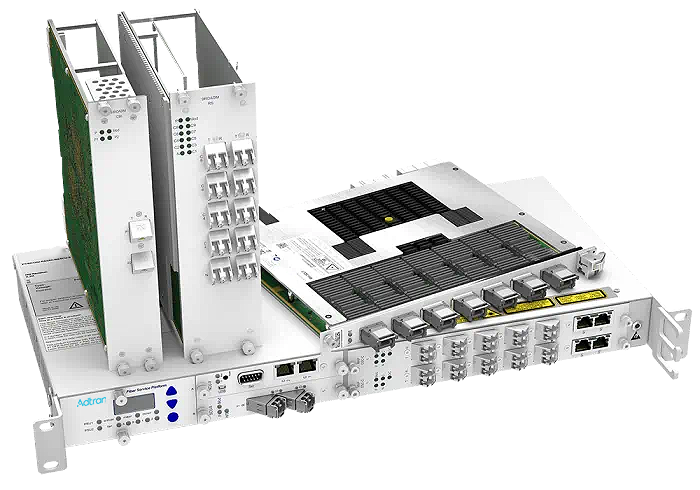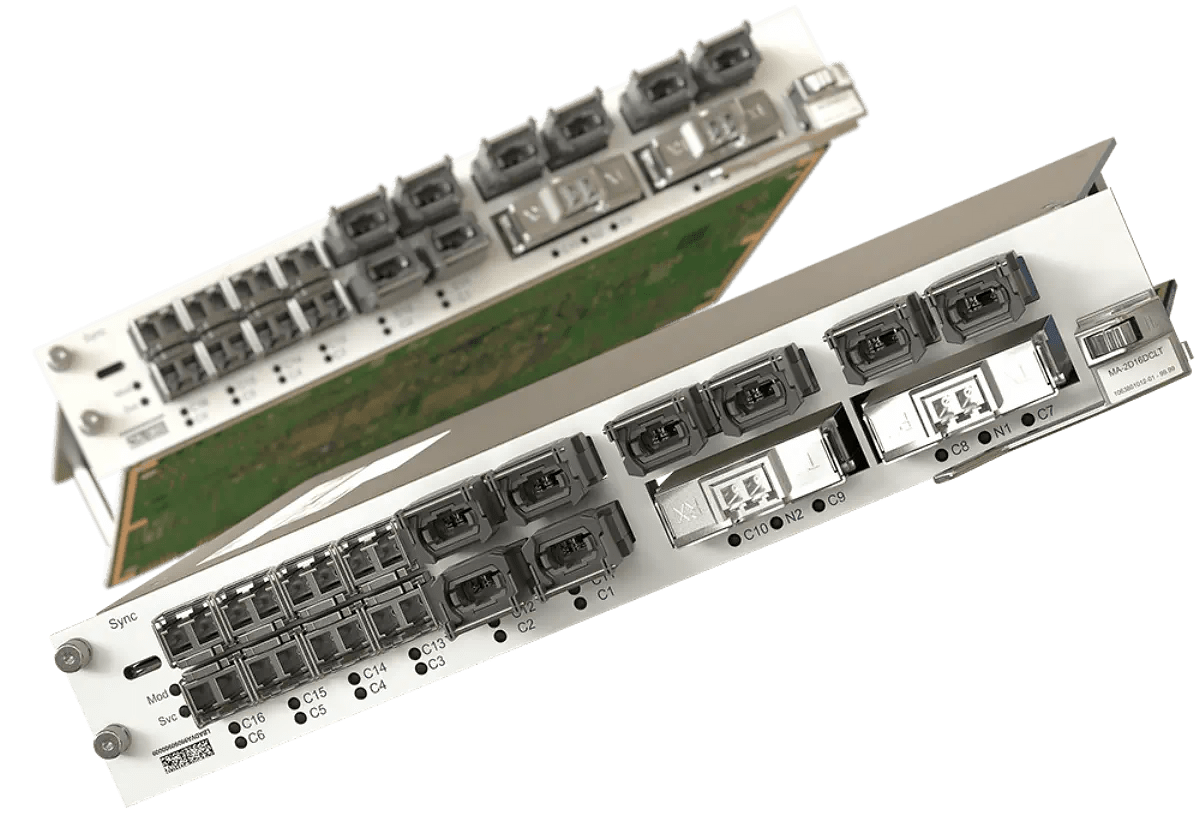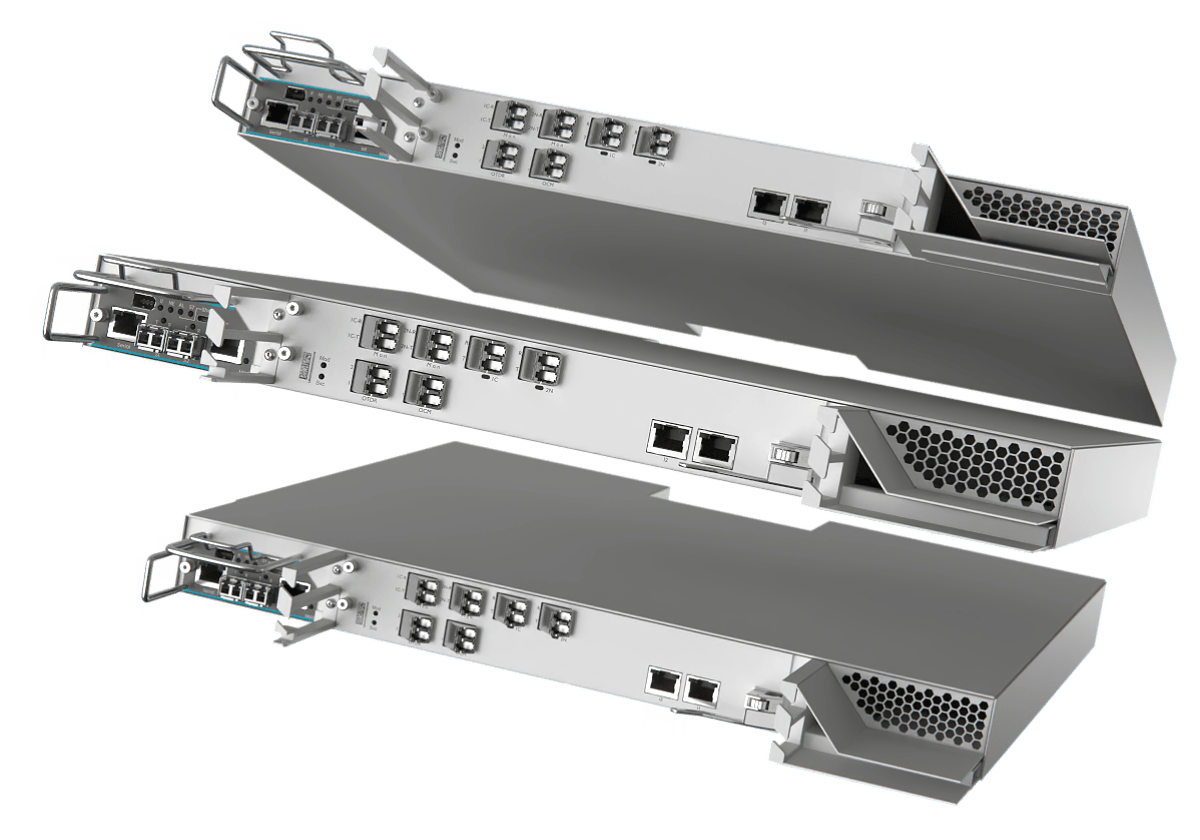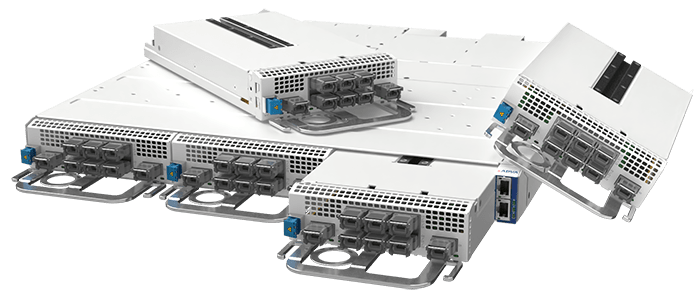Data center interconnect
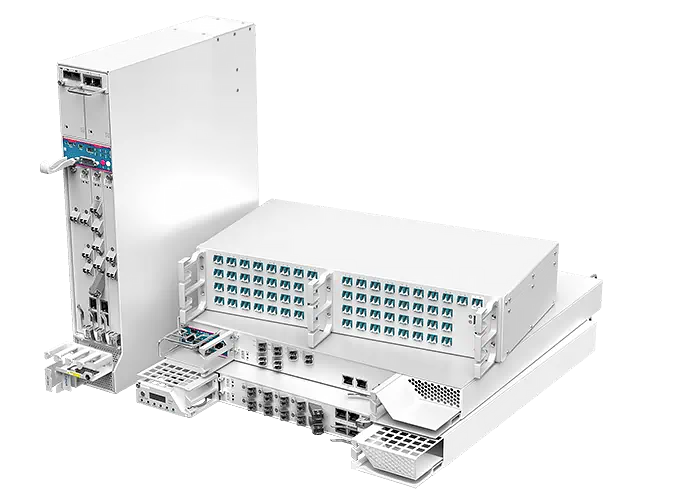
With the emergence of SDN control and standards-based modeling of sub-networks, disaggregation in the form of open line systems has become reality. This takes data center interconnect (DCI) technology for ICP and CNP networks to the next level, as separating the terminal from the line system enables faster innovation cycles and significant cost savings. And, while control and management need to follow standard architectures for end-to-end network operation, a hypervisor can be installed to turn the network into a fully programmable resource. What's more, supporting SDN control and virtualization not only enables disaggregation - it's also the stepping stone to optical network slicing and 5G applications.
Metro optical networks are facing far bigger challenges than their long-haul counterparts. Today's metro must be agile, ready to deal with data rates spanning multiple orders of magnitude and able to transport timing information for precise synchronization of applications. Compared to long haul, the metro must handle many more nodes, as well as a much larger variety of deployment scenarios. Compactness, density, power consumption and form factor are also much more critical in metro networks. To meet these challenges, we're now seeing investment driven by the evolution cycle of metro applications. Virtual fiber is giving way to true agile service provisioning solutions ready to support the newest application needs.
